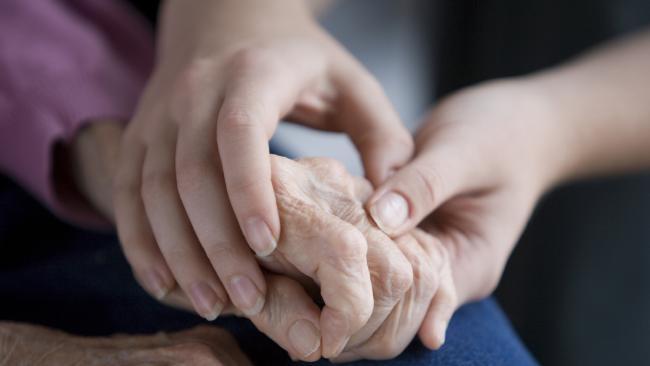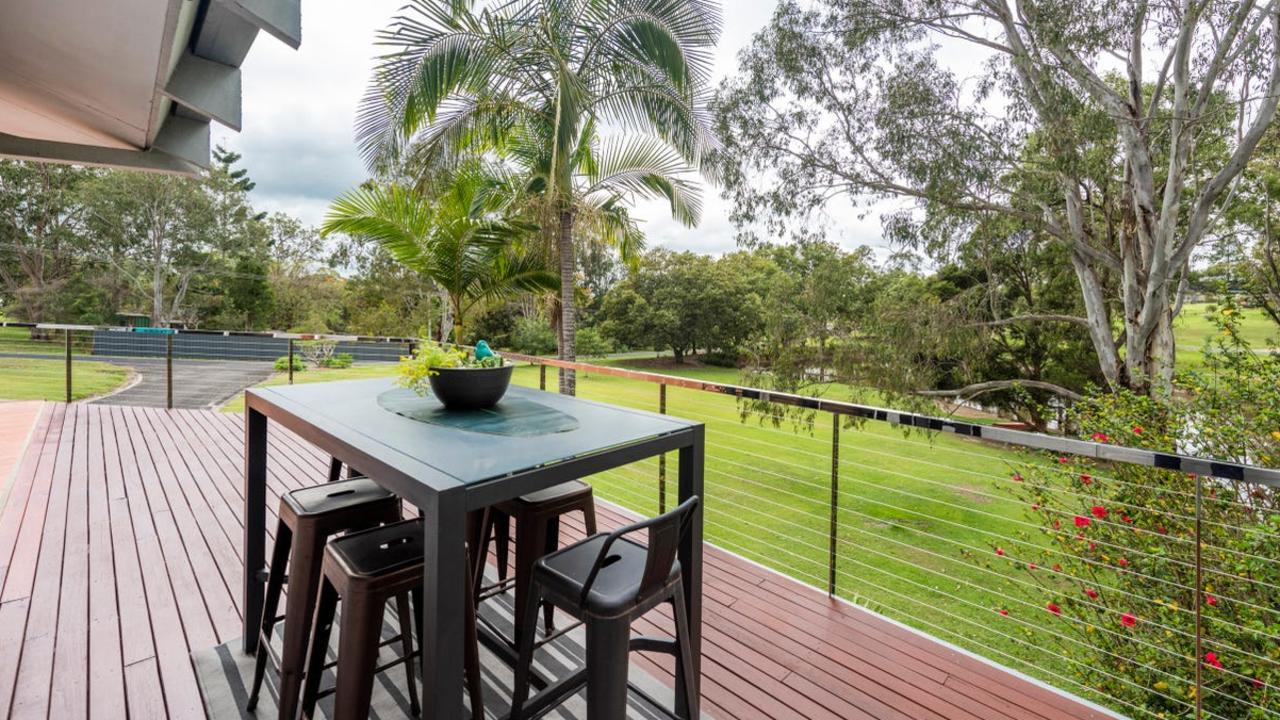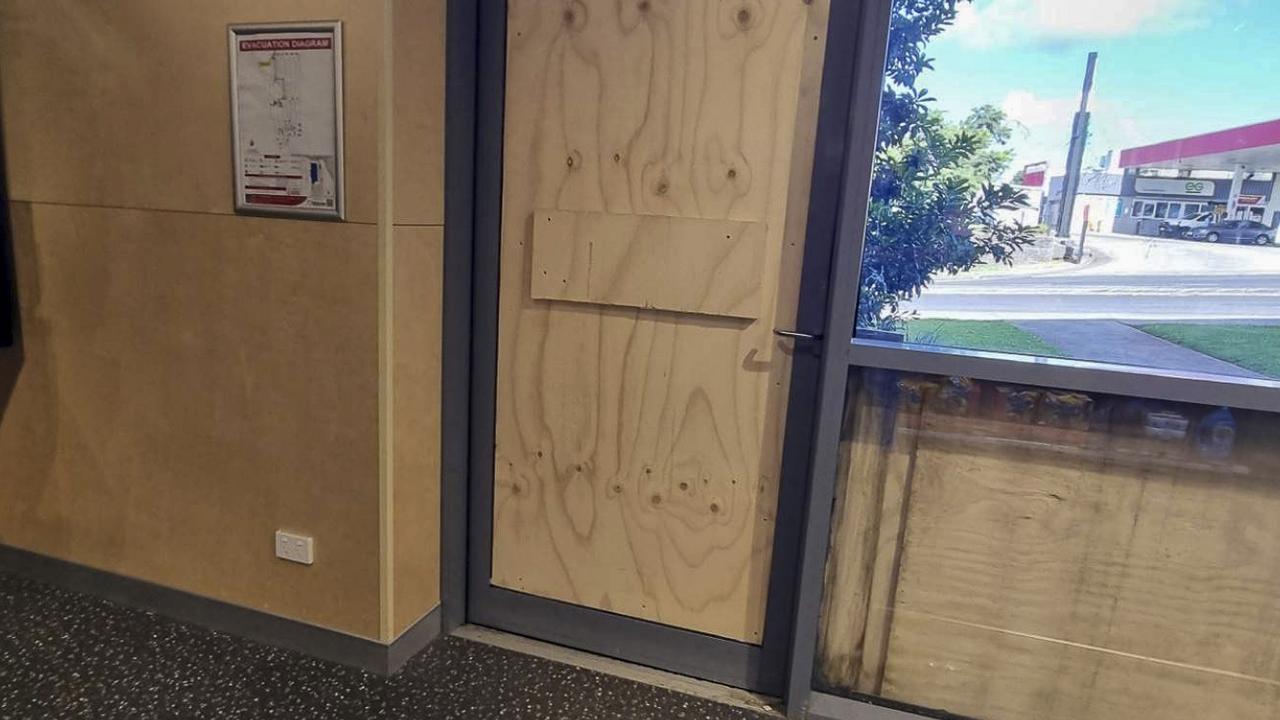Silent issue is a tragic reality
Last week's tragedy has ignited questions about how something often associated with youth could emerge among the older community

Grafton
Don't miss out on the headlines from Grafton. Followed categories will be added to My News.
NEWS of last week's tragedy has ignited questions about how something often associated with youth could emerge among the older community.
On Monday last week, a car went into the Clarence River at Maclean and a 71-year-old woman died despite desperate attempts by members of the public to rescue her.
While the incident was unfolding, speculation erupted online. Rumours ranged from a group of youths pushing an empty car into the river in a prank, to the alarming suggestion that a jarjum (Yaegl child) was in the back seat, sending a stream of concerned families down to the waterfront.
When the community learned it was an elderly woman, an outpouring of sympathy flowed across social media.
But when the 's' word began to emerge as a possible cause of death, that same outpouring began to slow.
Stunned silence broke out, with one question on people's minds: How could an elderly woman be afflicted by a youth problem?
Professor Brian Draper from the University of NSW says elder suicide was a common occurrence that's rarely spoken of. "It's always been like that," he said.
"There is a sense that at the end of life perhaps it's more justified for a person to take their own life."
The Australian Bureau of Statistics causes of death reports have revealed a disturbing pattern over the past decade.
Despite the attention placed on youth mental health, the reports have shown the highest age-specific suicide is in males aged 80 years and over.
"Evidence suggests that most are doing so due to unrelieved suffering that is quite amenable to standard therapies," Prof Draper said.
"These include pain relief, emotional support, treatment of depression and so on."
Prof Draper is the clinical lead for the older persons mental health service at Prince of Wales Hospital, Randwick.
He said rural areas in particular had the added burden of fewer resources to support the mental health of older residents. "Often general health services have to do it and they may not have the skills," he said. "GPs take a more central role as do community aged care workers. Both groups often feel lacking in mental health skills."
With the Clarence Valley expected to see a 40 per cent increase in people entering their twilight years over the next decade, locals are left wondering how those living outside aged care facilities will be properly supported.
"The community can and should take ownership of the issue," Prof Draper said.
"If the local community is serious about wanting to address the issue of mental health in older people, it can make substantial strides by having appropriate consultations, identifying gaps, looking at its own capacity to support its elders, training its frontline workers in what to do regarding suicide prevention in older people, being pro-active."
Prof Draper said improved social supports and access to transport could help counteract the decline in mental health among seniors.
"These provide meaningful engagement with older people in activities they want and are often best achieved in small communities," he said.
- Lifeline Australia 131114 (24 hours).
TOMORROW: We speak with a former Lifeline operator about this issue.
Originally published as Silent issue is a tragic reality


